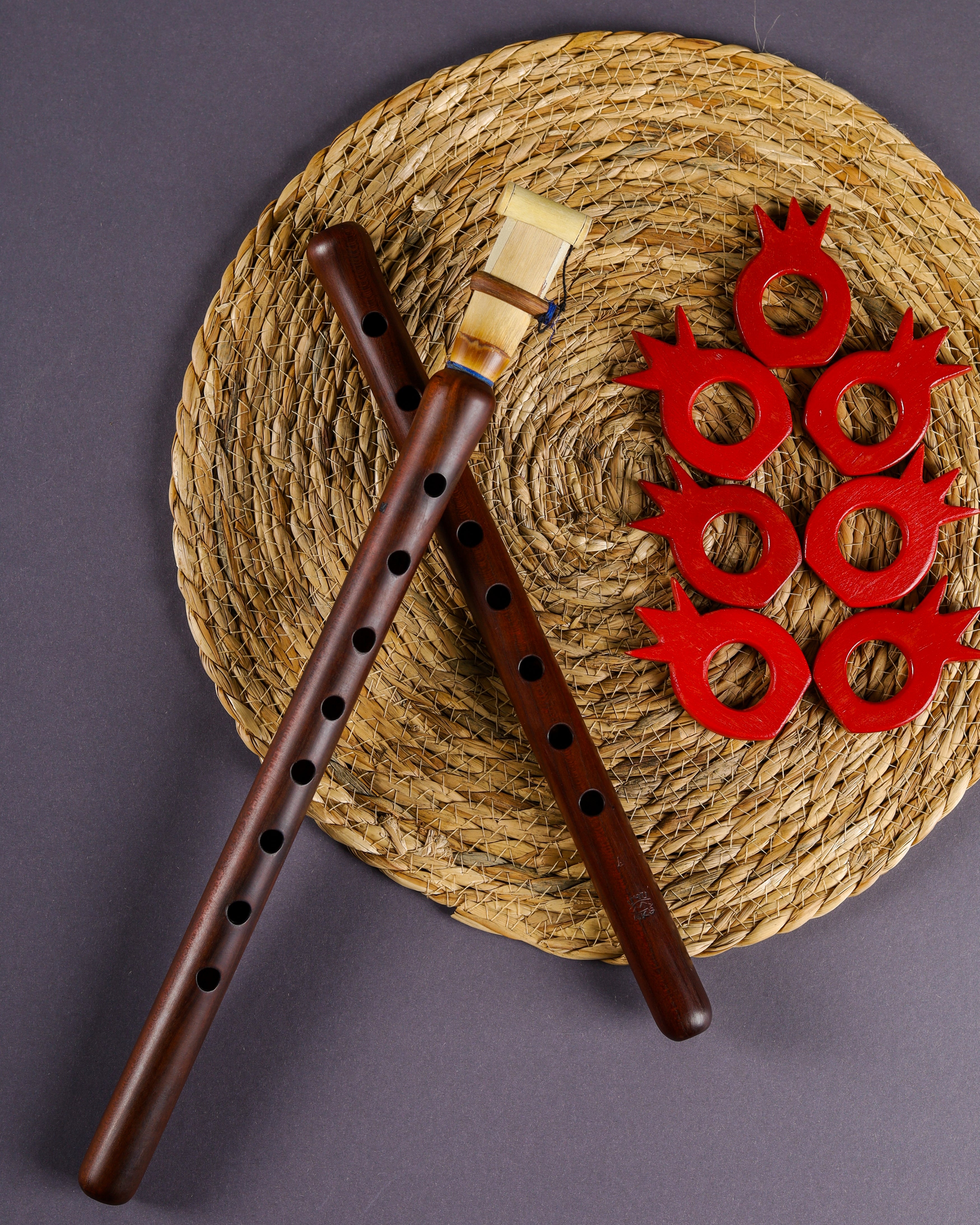The oriental scales, also known as maqams or maqamat, are a system of tonalities and melodies used in traditional music of the Middle East, the Caucasus, Central Asia, and some parts of South Asia.
In Iran, Armenia, and Azerbaijan, these oriental scales, known as "Dastgah" or "Mugham," play a central role in traditional music. Mughams are modal systems that define intervals, melodic patterns, and rules of ornamentation used in Persian music.
Here are some specific characteristics of Mughams:
Modal Structure : Each "Dastgah" or "Mugham" is based on a specific modal structure comprising a set of scales and modes. Each "Dastgah" or "Mugham" has its own distinct melodic characteristics.
Variety of Modes : Each "Dastgah" or "Mugham" may contain multiple modes, known as "Avaz". Each Avaz has its unique sequence of intervals and ornamentations, giving it a distinct ambiance.
Emotional Feelings : Each "Dastgah" or "Mugham" is associated with specific emotions and atmospheres. Some evoke joy and excitement, while others are more melancholic and contemplative.
Rich Ornamentation : The "Dastgah" or "Mugham" allow for a great degree of ornamentation freedom, giving performers significant creative leeway in interpreting the melodies.
The traditional music of the Caucasus, based on "Dastgah" or "Mugham," is an essential element of the musical culture of these countries and people. The seven main "Dastgah" or "Mugham" used in the music of the Caucasus are :
- Chahnaz
- Bayati Shiraz
- Shushtar
- Chargah
- Segah
- Rast
- Zaboul
- Shur
These modal systems offer a rich and complex framework for the expression of cultural and emotional narratives, making them essential to the music traditions of these regions.

